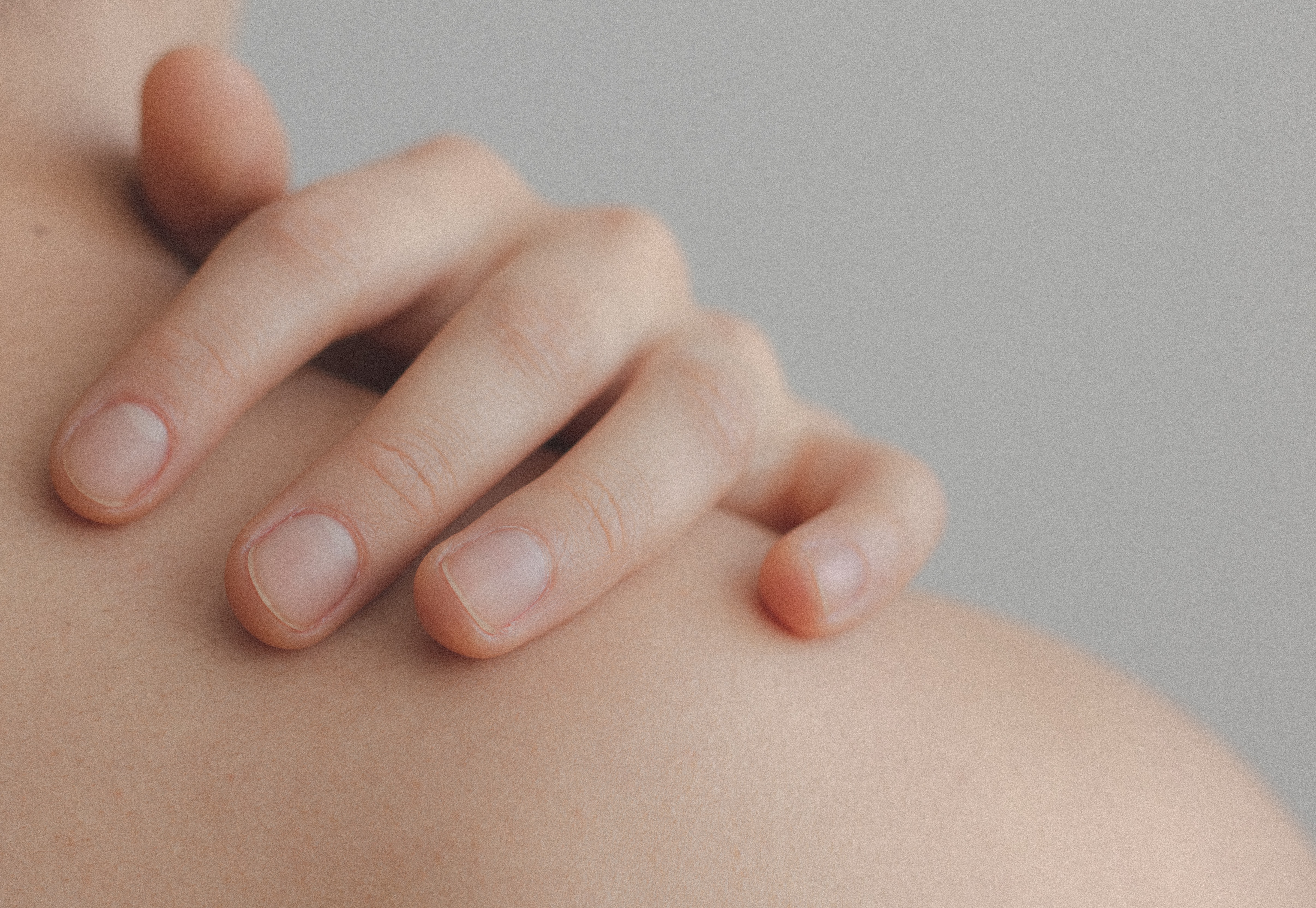
Take this skin quiz to find the best ingredients for your skin and build your skin care routine.
Take The Skin Quiz
Vitamin E is a supplement rich in antioxidants which help to neutralize the free radicals that affect your skin. Vitamin E is used to condition environmentally-exposed skin, help to keep the surface as intact as possible, as well as help with sunspots.
The National Institute of Health has documented the effectiveness of using vitamin E. There are eight types or forms of vitamin E, and the two most common are tocopheryl acetate and tocopherol, both of which are in many skincare products.
There are many ways to use vitamin E to help treat your sunspots, internally and externally. The recommended dose to take is 400 I.U. in the morning, as well as in the evening. You can also puncture the capsule and use the oil directly on the spots. Wheat germ is the most natural form of vitamin E, though the capsules are more common to use. A diet that is rich in vitamin E is beneficial, as well as adding vitamin C to your daily oral dosage. Using a serum that has vitamin E
Before adding vitamin E to your skincare, you should perform a patch skin test. In its pure form, vitamin E can cause a dermatitis-type of reaction. As stated before, it is best to use vitamin E on normal or even dry skin in comparison to sensitive skin, as you may suffer from some discomfort and topical redness. If you are acne-prone, be aware that oil may clog pores, so be sure to use the oil in conjunction with a good cleansing and exfoliating routine. Some studies have also shown that taking a dosage higher than 1200 I.U. may affect your metabolism and your body’s ability to absorb vitamins A and K. In some instances, vitamin E can have adverse affects on the skin when combined with Retinol and vitamin A.
By using vitamin E on your skin, you will get added benefits. Being an antioxidant, it helps to keep your skin smooth and the lipids fresh. It is excellent for helping to maintain balance, as well as helping to restore your skin’s natural barrier.
There are several different types and causes of acne. Cystic acne occurs when pores in your skin are clogged with sebum, dirt, and dead skin cells. This creates a perfect opportunity for the growth of bacteria, which can cause an infection. The infection can grow deeper into the skin, leading to inflammation and redness, causing raised acne bumps (AKA cysts) with pus that can be tender to the touch.
Benzoyl peroxide is a topical agent for fighting bacteria and can be good for some type of cystic acne. Jojoba oil and rosehip oil are also good for reducing inflammation, fighting bacteria, and keeping in moisture for healthier skin. Ingredients that help exfoliate dead skin cells and increase new skin cell production, such as Vitamin A/Retinol, glycolic acid, and salicylic acid, are good for treating cystic acne as well.
The secret to winning the battle against cystic acne is having the right regimen for your skin. Products that are too strong can be irritating and drying, causing your skin to overproduce oil, which leads to more acne. Picking the wrong active ingredients may have no effect. Using the right regimen for your acne type and skin tolerance can effectively clear acne while keeping your skin healthy and balanced.
vitamin E may be effective for cystic acne, but there are many other factors that may affect whether this ingredient would work on your skin or if there are better ingredients that may work for you. Take this skin quiz to find the best ingredients for your skin and build your skincare routine.
Next: Does AHA (alpha hydroxy acid) work on oily skin ?